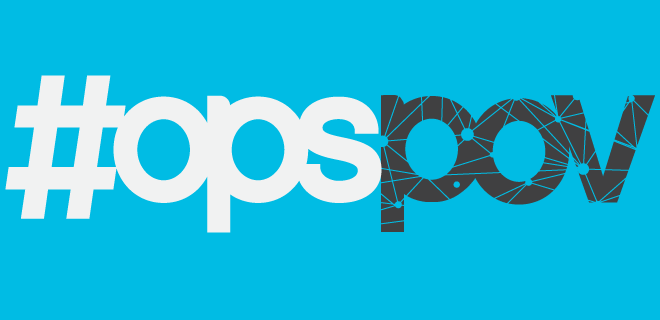
Quick update: although Flash-based creatives are greyed out on Firefox, they are still registering as impressions. Also, some agencies are asking advertisers to disinclude Firefox browsers from their campaigns. According to NetMarketShare, Firefox has a12% share of desktop browsers.
Facebook head of security Alex Stamos grabbed a lot of attention this weekend and maybe even riled up some oppressed developers when he demanded on Twitter that Adobe set an “end-of-life date for Flash and to ask the browsers to set killbits on the same date.”
It is time for Adobe to announce the end-of-life date for Flash and to ask the browsers to set killbits on the same day.
— Alex Stamos (@alexstamos) July 12, 2015
He claimed the major reason developers are slow to upgrade to HTML5 is that they believe bug-prone, malware-carrying, ultimately insecure Flash will live forever. Not even Steve Jobs could kill it, so it must be… IMMORTAL. (Cue Queen theme to Highlander.)
However, a slew of announcements point to Flash lingering to oblivion on its own – sooner rather than later. The latest is Firefox’s June 13 decision to block the technology completely from its browser. This seems much more drastic than the Google Chrome Flash Pause (or the Chrome Plugin Power Saver), which has set the digital advertising community atwitter over the past few weeks.
At the same time, Mozilla Support Chief Mark Schmidt admitted that Flash could be re-instated on Firefox as soon as Adobe “releases a version which isn’t being actively exploited by publicly known vulnerabilities.” Yes, it will be back… (Flash isn’t like the Terminator because not only is it old, it’s also obsolete.)
According to WT3 Tech, that Flash is only used by 10.6% of all websites. Designing websites in Flash went way out of fashion when Adobe cut mobile web support for the technology in 2011; responsive design powered by HTML5 has dominated site redesigns since.
We all know it’s advertising that’s clutching to Flash for dear life, and the Chrome Pause puts a stop to all those animated times. Google DoubleClick account representatives sent emails to their clients late last week confirming that the Chrome Plugin Power Saver will be default on the popular browser as early as September 2015. With the second largest desktop browser share, it’s effectively a death sentence for Flash.
Advertising has clung to Flash for numerous reasons. First, it’s a well-known tool with kits and libraries aplenty for developing content (namely creative) quickly. The same kind of support for HTML5 has been limited, but is quickly growing.
Beyond that, most programmatic platforms have strict file-size limits (the famous 40K) that Flash, the great condenser, can squeeze into. HTML5 files tend to be big because they contain a whole helluva lot of files. For example, loading videos in Flash is easier than HTML5 because different browsers prefer different formats and sizes; therefore, ad units need multiple video files. (Incidentally, some older browsers don’t support HTML5, so that actually requires including a fallback Flash file.)
As you can imagine, that bulks up HTML5 creatives considerably, but it seems to ridiculous to be stuck with 40K limits in the age of the petabyte (1,000 terabytes). With Flash going out of favor fast, expect programmatic platforms to up their capacity quick. The Google Display Network’s recommended initial maximum file size for display banners is 150K, but total load size taps out at 2.2 MB.
The Chrome Pause affects units smaller than 400 pixels wide or 300 pixels long; a conversion tool in DoubleClick Campaign Manager automatically converts non-rich-media Flash ads into HTML5 ad units. But flashy Flash units appear shaded gray with a “play” arrow on top. Hoo boy, I can’t wait to start pressing play on those ads… Said no web user ever. Incidentally, impressions are still being counted.
Google’s advice: hop on the HTML5 train fast! And of course Google has services to help with that, including the Swiffy converter and Google Web Designer, both of which are free. But publishers should take this moment to examine a bigger creative opportunity. More on that here.